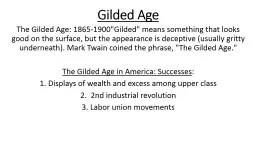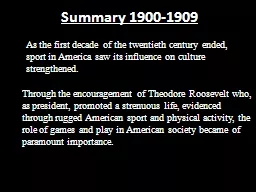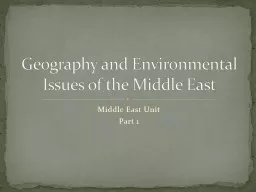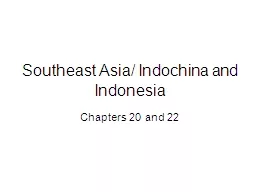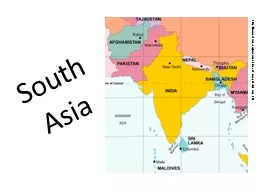PPT-East Asia 1900-1927
Author : phoebe-click | Published Date : 2016-11-13
Canals Boxer Rebellion RussoJapanese War End of Imperial China The Boxer Rebellion 1900 Qing Ching Dynasty since 1644 were Manchurian Mainly Han peasant uprising
Presentation Embed Code
Download Presentation
Download Presentation The PPT/PDF document "East Asia 1900-1927" is the property of its rightful owner. Permission is granted to download and print the materials on this website for personal, non-commercial use only, and to display it on your personal computer provided you do not modify the materials and that you retain all copyright notices contained in the materials. By downloading content from our website, you accept the terms of this agreement.
East Asia 1900-1927: Transcript
Download Rules Of Document
"East Asia 1900-1927"The content belongs to its owner. You may download and print it for personal use, without modification, and keep all copyright notices. By downloading, you agree to these terms.
Related Documents







